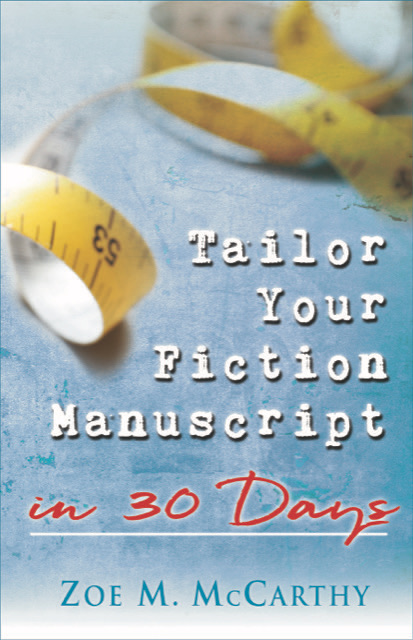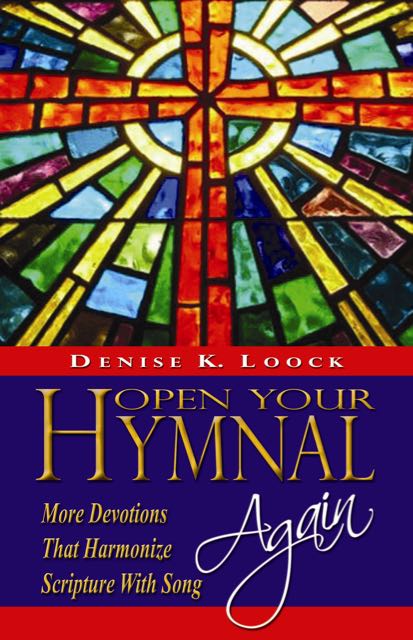

Tailor Your Fiction Manuscript in 30 Days is designed to shape a not-yet submitted, rejected, or self-published manuscript with low ratings into a book that shines. The method can also be a guiding resource for writers starting a manuscript. See details below.
You may be so into the plot that you have a character say something that doesn’t fit his education, the time period, the area he lives in, his age, his job or hobby lingo, his nature, or his beliefs.
I had a younger character use the word chum. My editor thought a teen wouldn’t say chum. That word came from trying to write a more unique word than friend, but I pulled in a word from my mother’s era. I knew better, but I was so into what was happening that chum slipped in.
Let’s have fun. Match speakers in the first list with the the most likely dialogue bits in the second list. I’ll put my number/letter combinations at the end.
Dialogue Exercise

Characters
- Two WWII GIs
- Two 1980s teens
- Two Yuppies
- Two men in rural Blue Ridge Mountains
- Gang members
- Hostess and customer
- Marketing Rep and his boss
- Writer and friend
- A woman and her great-granddaughter
- Coal miner and class member
Dialogues
a. “Cuz, you strapped?”
“You know I got no gat.”
b. “Man, the sale was a bluebird.”
“That’s what scares me. It was too easy.”
“It was an emotional sale, but I worked with the guy calling the shots, so it’s solid.”
“Was the guy a gatekeeper or was he the decision maker? We gotta close the deal with the guy that counts.”

c. “I been digging for black diamonds since I was eighteen. Operated an auger.”
“That sounds cool, Mr. Hatfield. I’d like digging for diamonds.”
“Son, the diamonds I’m talking about are chunks of coal. Nothing cool about ’em. Mining for coal give me the black lung.”
d. “What’s buzzin’, cousin?”
“See that dame over there waving at me. She said she’d marry me.”
“That’s swell.”
e. Gary nodded. “Let’s do lunch sometime. Thursday?”
“I’d like that.” Sharon smiled. “I’ll pencil you in.”
f. Was Camden raised in an orphanage?”
“Grams, they don’t call them orphanages anymore.”
“Sounds like you don’t know his background. I don’t want you marrying
a goldbrick on the make.”
g. “I can’t join you for lunch and shopping, Kitty.”
“I thought you worked from home. And it’s Saturday.”
“I need to work on the galley for one book and the edits for another. I have to prep for a book signing, update my website, and answer interview questions for a blog. Working as a writer isn’t as easy as you think.”
“Yes, but you don’t have to travel forty minutes to and from work like I do.”

h. “Take a break. I booked that party of five. I’ll seat them.”
Shelby gathered menus and turned to the group. “Follow me, please.”
The redhead sat and opened her menu. “Do you have any items besides salads that are without meat?”
“Yes. We have vegetarian options on page two.”
i. “Hey, mall chic. You in the orange blouse.”
Heather cocked her head.”You talking to me?”
“Yeah. You want to go, like, get a burger in the food court?”
“Gag me with spoon.”
“Nah. It’d be totally tubular.”
j. “She don’t like me.”
“If you’d stop hog-tying your tongue and talk to her, maybe she’d find out whether she likes you or not.”
“Would you put in a good word for me with her?”
“Might could.”
In what movie did you especially enjoy the dialogue?
Answers: 1d; 2i; 3e; 4j; 5a; 6h; 7b; 8g; 9f; and 10c













 RSS - Posts
RSS - Posts